8 Reasons Your Car’s RPM Fluctuate While Driving
A car’s RPM dipping up and down spells trouble. As drivers, we know our vehicles’ rhythms so deeply that the slightest hiccup raises alarms. Fluctuating engine speeds while cruising or accelerating often hint at problems beneath the surface.
Though unnerving, a fluctuating RPM typically stems from common, fixable issues. Keep reading to learn what causes this issue, whether you should continue driving, and how much it will cost to fix.
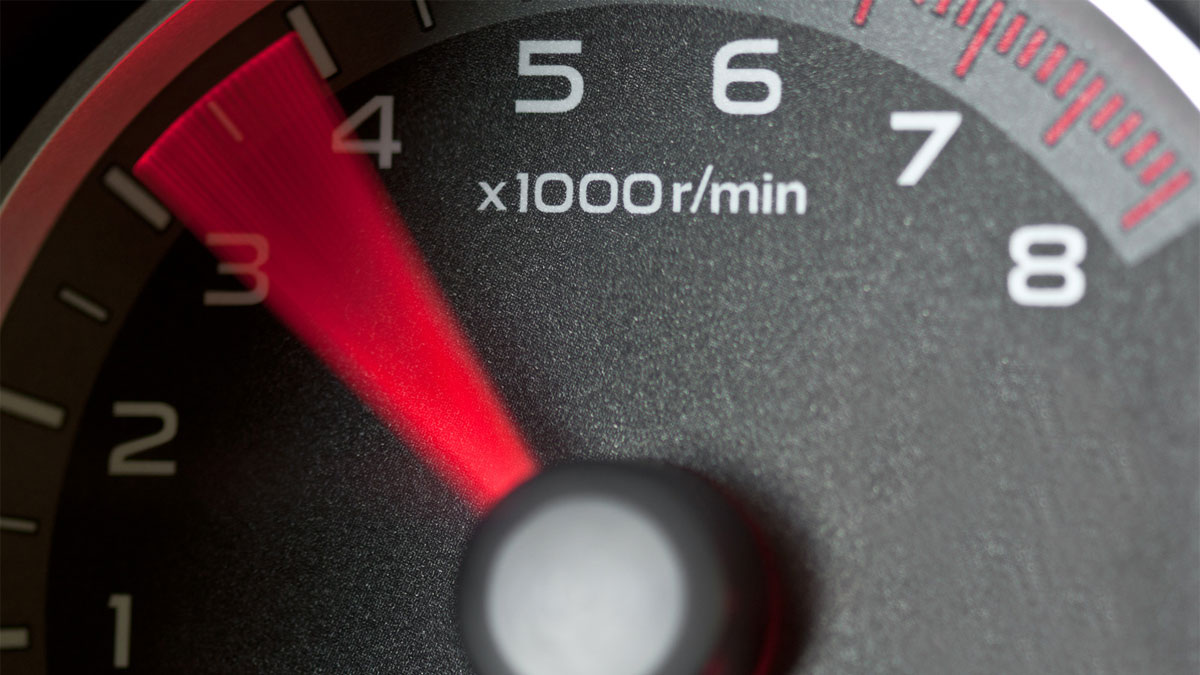
Related: Is Your Car Revving On Its Own? (How to Fix)
Causes of RPM Fluctuation While Driving
RPM fluctuations can come as the result of several different underlying conditions, all of which warrant careful consideration. Understanding the potential causes of this condition can prove helpful when attempting to diagnose the issue at hand.
The following are several of the most common causes of RPM fluctuation.
#1 – Vacuum Leaks
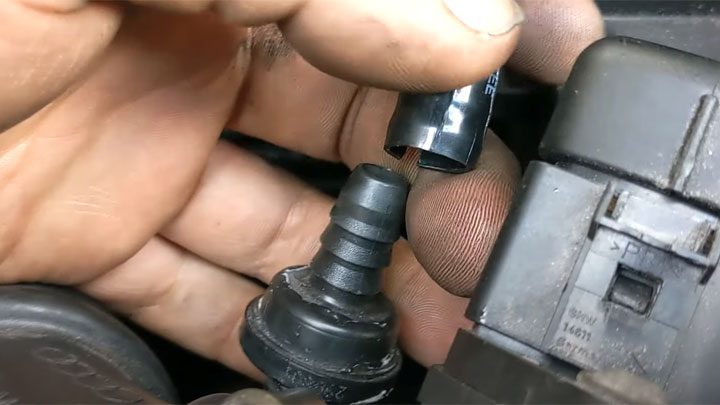
Vacuum leaks are among the most common causes of engine speed fluctuations. This condition describes the introduction of unmetered air into an engine’s intake. Once introduced, this air wreaks havoc on an engine’s air/fuel ratios.
#2 – Ignition Issues
A lack of proper spark delivery within an engine’s ignition system can also be to blame for noticeable RPM fluctuations. These issues can include spark plug/plug wire failure, coil degradation, and external coil-pack grounding.
In older vehicles, distributor cap damage could also interfere with spark delivery.
#3 – Fuel Delivery Problems
A lack of fuel for combustion can serve as a probable cause of engine speed irregularities. Issues of this type can result from a clogged fuel filter or compromised fuel pump, as well as cylinder-specific problems related to injector failure.
#4 – Faulty Throttle Position Sensor

A vehicle’s throttle position sensor is responsible for providing feedback to an engine’s PCM regarding throttle plate position. Discrepancies in this feedback can lead to engine operation that is largely erratic or inconsistent, thereby causing vehicle RPM fluctuations.
#5 – Failing Engine Speed Sensor
Virtually all modern engines utilize one or more dedicated speed sensors. These most commonly include an engine’s camshaft and crankshaft sensors as well as the transmission speed sensor. When these sensors begin to fail, a host of odd symptoms can arise.
#6 – Bad Idle Air Control Valve
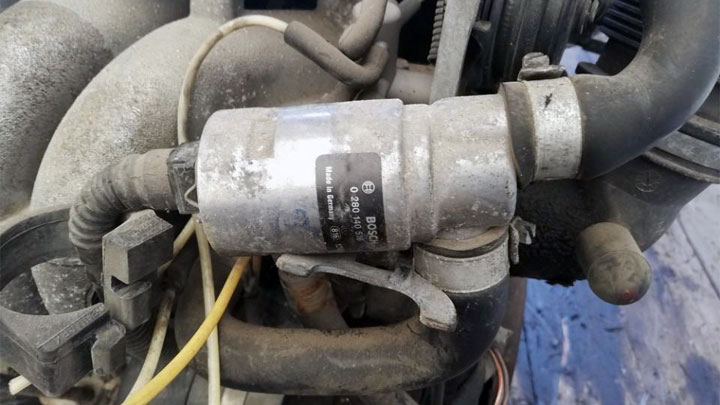
If your engine’s RPMs appear to fluctuate wildly at idle, your vehicle’s idle air control (IAC) valve can be to blame. This valve regulates intake flow when an engine’s throttle plate is closed.
When carbon fouled or damaged, idle air control valve operation can be inconsistent at best. DTC P0505, P0506, and P0507 are secondary symptoms of a faulty IAC valve.
#7 – Transmission Problems
Though not as common as a number of potential causes on this list, internal transmission issues can indeed hamper engine operation. Slippage or hesitation within a transmission can often be seen when analyzing an engine’s RPM.
#8 – PCM Failure
Rarely, a vehicle’s PCM can begin to fail on certain circuits, thereby compromising its response to certain criteria and feedback. As such, a number of drivability related concerns can arise, including those that affect your engine’s operating speed.
What Does “RPM” Mean?
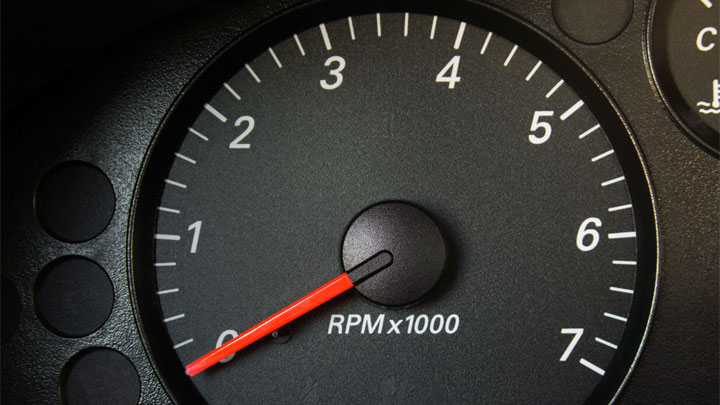
The abbreviation “RPM” is short for Revolutions Per Minute. Simply put, an engine’s RPM reading is a representation of the number of revolutions that an engine’s rotating assembly is turning over the course of one minute.
As throttle actuation is increased, so is an engine’s RPMs. Likewise, a reduction in throttle actuation leads to a decrease in engine RPMs.
An engine’s RPMs are displayed on a vehicle’s tachometer, which is integrated in a digital or analog fashion within a dash-mounted instrument cluster.
While most tachometers list engine speed in the form of a single numerical digit, this is a scaled-measurement and is actually 1/1,000th of an engine’s actual RPM. So for instance, if your tachometer needle is right on top of the “3”, your engine speed is right around 3,000 RPM.
See Also: How to Fix a Broken Speedometer
Is It Normal for RPM to Fluctuate When the A/C Is On?
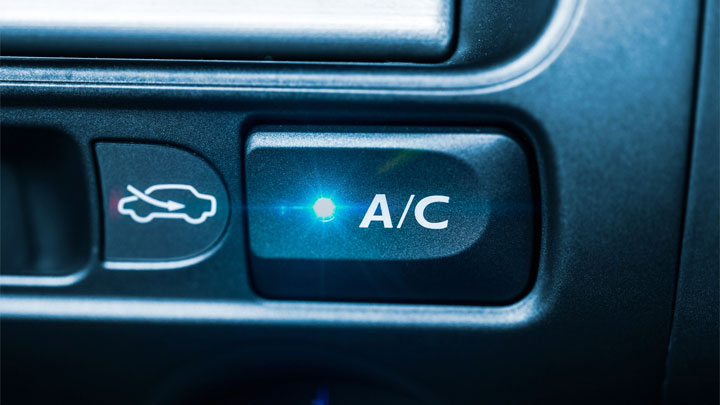
It is normal for an engine’s speed to fluctuate when the A/C is on. However, fluctuations should only be noticed during A/C compressor engagement and disengagement. Other than during these periods, an engine’s speed should hold relatively steady, with little in the way of noticeable variation.
These minor fluctuations occur as an engine attempts to increase its idle speed, in a bid to overcome additional strain incurred when driving a vehicle’s air conditioning compressor. This idle is then reduced to normal, immediately following compressor clutch disengagement.
Related: 19 Common (and Not-So-Common) Causes of Rough Idle
Is It Safe to Continue Driving With RPM Fluctuations?

It is important to remember that a number of underlying conditions can be responsible for fluctuations in engine RPM, some of which can cause severe driveability-related concerns. Therefore, unless you can be certain that such issues will not leave you stranded, one is best to avoid driving a vehicle that is experiencing unexplained RPM fluctuations.
In certain cases, continuing to drive in this state also poses the risk of additional damage and mechanical hardship. This is often the case when dealing with severe ignition system issues, as unburnt fuel is directed downstream via a vehicle’s exhaust, likely damaging the catalytic converter.
The chance of incurring such damage only increases the longer a vehicle is driven.
In any event, the root cause of a vehicle’s RPM fluctuations should be diagnosed and repaired at the first available opportunity. Doing so will eliminate any risk of unnecessary engine damage and additional expenditure.
If you don’t feel comfortable taking these repairs on yourself, or simply don’t have the time, an appointment should be scheduled with a trusted automotive service center or independent mechanic as soon as possible.
Average Cost to Fix RPM Fluctuation
The exact cause of repairing RPM fluctuation often differs significantly from one case to the next. This stems from the fact that many different underlying causes can be responsible for such symptoms, all of which require a different plan of attack to repair.
As such, labor costs will vary, as will the cost of acquiring all parts to complete the repair in question. Luckily many repairs required to overcome this condition are relatively reasonable, in terms of the overall cost.
For example, one can expect to pay between $200-$400 to repair most spark-related ignition system issues, while fuel delivery problems caused by a single faulty fuel injector can. Often be remedied for less than $350.
However, a number of more complex underlying issues can cause significantly more to repair. This tends to be especially true for those issues pertaining to a vehicle’s transmission or PCM.
In either scenario, one can generally expect to pay in excess of $1,000 to return their vehicle to service. Under certain circumstances, this cost can even grow exceedingly higher.
- P0480 Code (Symptoms, Causes, and How to Fix) - Apr 19, 2024
- Car Temperature Gauge Stopped Working? (Here’s Why) - Apr 15, 2024
- Ignition Coil vs Coil Pack (What’s the Difference?) - Apr 8, 2024
